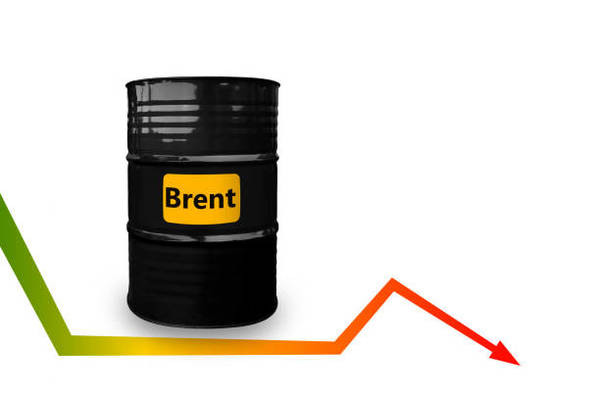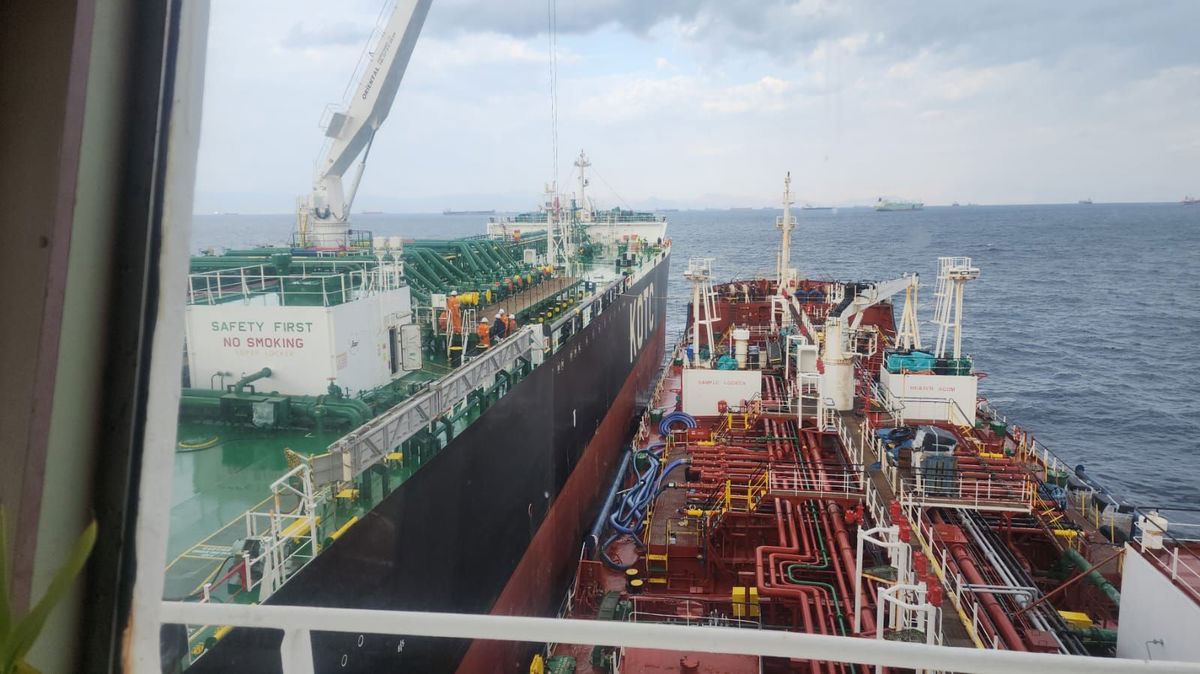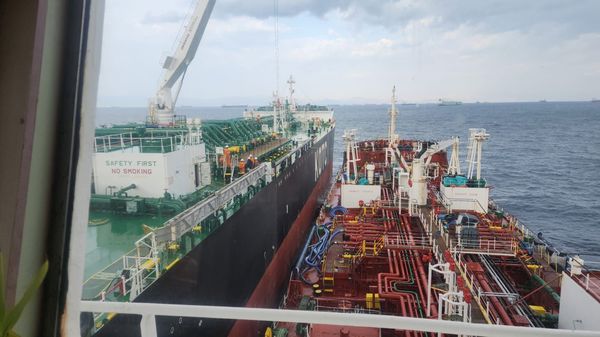Brent flatlines as China's economic stimulus falls short of boosting demand
The front-month ICE Brent contract has shed $0.21/bbl on the day, to trade at $75.21/bbl at 09.00 GMT.
 PHOTO: An oil barrel and an arrow indicating Brent's price drop. Getty Images
PHOTO: An oil barrel and an arrow indicating Brent's price drop. Getty Images
Upward pressure:
Brent’s price remained steady after the American Petroleum Institute (API) reported a larger-than-expected drop in US crude stocks.
Crude oil inventories in the US dropped by 4.3 million bbls in the week that ended 20 September, according to the API. A decline in US crude stocks indicates oil demand growth and can put upward pressure on Brent’s price.
“The latest inventory numbers from the American Petroleum Institute (API) remain largely supportive of the market,” two analysts from ING Bank noted.
On the supply front, tropical storm Helene has strengthened this week and is currently moving towards the US Gulf of Mexico, posing a direct threat to oil production in the region, according to reports.
Around 16.2% of current oil production has been offline in the Gulf of Mexico due to the storm, according to data from the US Bureau of Safety and Environmental Enforcement (BSEE).
“Hurricane watches have been issued along Florida’s western coastline as Tropical Storm Helene gathers in ferocity,” ANZ Bank’s senior commodity strategist Daniel Hynes said.
The oil market also remains focused on further geopolitical developments in the Middle East, with Israel carrying out missile attacks in Lebanon’s capital city of Beirut. “[Brent] crude oil also found some support from rising tensions in the Middle East,” Hynes added.
Downward pressure:
Brent’s price felt some downward pressure as market investors reassessed whether China’s latest economic stimulus efforts will be sufficient to spur recovery in oil demand growth in the world’s second-largest crude oil consumer.
The People’s Bank of China (PBoC) announced its largest stimulus package in four years, including a reserve requirement ratio (RRR) reduction by 50 basis points and cutting key interest rates to boost the country’s sluggish economic growth.
However, market analysts are unsure if these measures will be enough to boost oil demand and push Brent’s price higher.
“The impact of its [China’s] flagging economy on [oil] demand has been a concern for markets this year,” Hynes said.
The next key indicator of China’s economic recovery will be the Manufacturing Purchasing Managers' Index (PMI) reading, due later this month.
A PMI reading below 50 typically signals weak economic health and a contraction in the manufacturing sector, which includes production, inventory levels, new orders, etc. It also highlights demand growth concerns, ultimately weighing down on prices of commodities like oil.
By Aparupa Mazumder
Please get in touch with comments or additional info to news@engine.online





